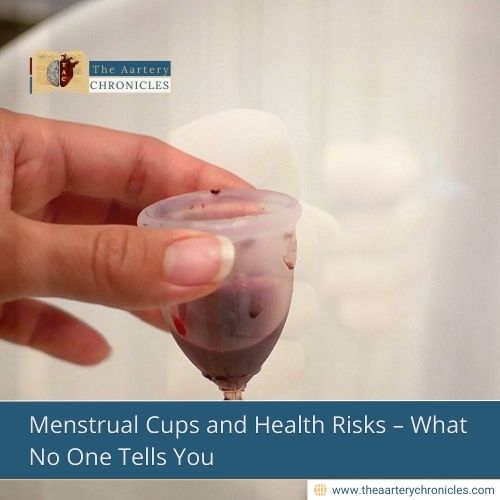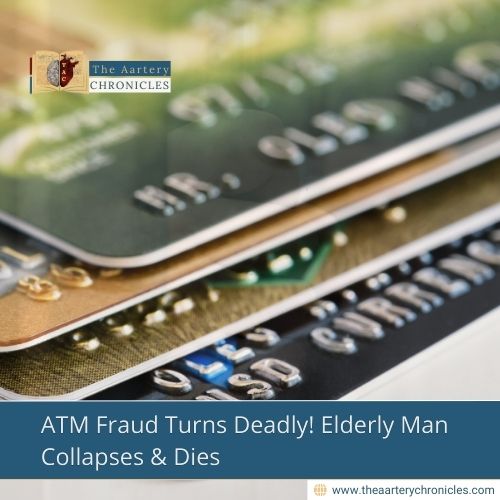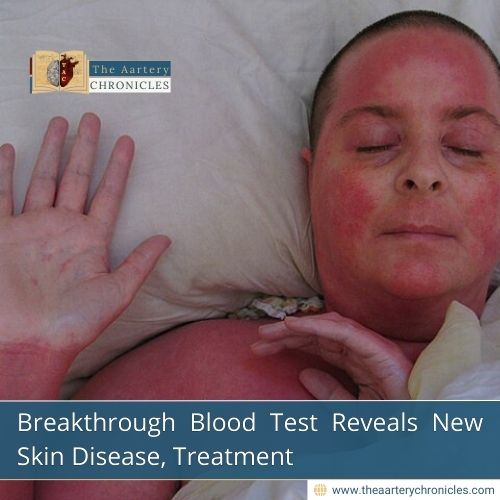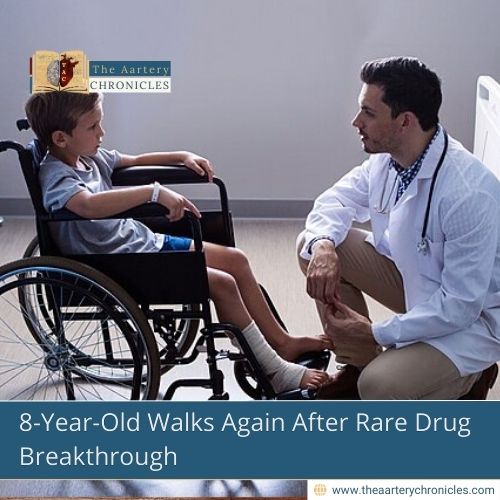
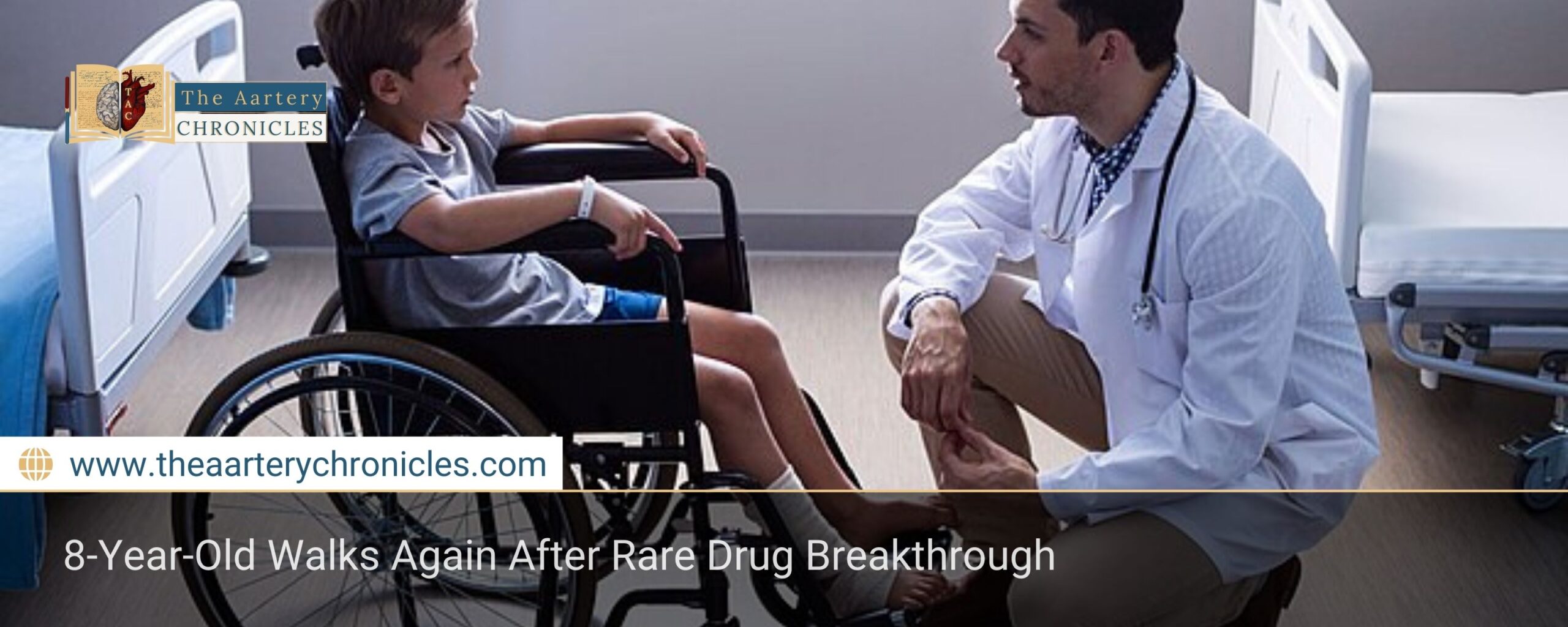
8-Year-Old Walks Again After Rare Drug Breakthrough
An 8-year-old boy who lost the ability to walk due to a rare and life-threatening genetic condition has regained his mobility, thanks to a new experimental treatment. This remarkable recovery is the first of its kind in a human patient with HPDL deficiency and may mark the beginning of a new era in treating rare mitochondrial diseases.
The Sudden Decline
Just a year ago, this energetic young boy was an active runner and soccer player. But by mid-2023, his parents noticed unusual symptoms. He began stumbling, his ankles grew stiff, and he lost coordination. Soon after, his legs became increasingly weak, and involuntary muscle contractions made even walking difficult. By November, he needed a wheelchair and could no longer stand without help.
A Rare Genetic Diagnosis: HPDL Deficiency
After a series of tests, doctors at NYU Langone discovered that the child had HPDL deficiency, a rare genetic condition caused by mutations in the HPDL gene. This gene plays a key role in producing coenzyme Q10 (CoQ10), a substance vital for energy production in cells, especially in the brain and muscles.
Without enough CoQ10, cells in the nervous system and muscles begin to fail. This leads to severe symptoms like muscle stiffness, paralysis, seizures, and in many cases, early death.
Why Standard CoQ10 Supplements Don’t Work
Although CoQ10 is available as a dietary supplement and is often used for mitochondrial disorders, it didn’t help in this case. The reason? CoQ10 molecules are too large and oily (hydrophobic) to cross the blood–brain barrier, the protective shield around the brain. So even if CoQ10 helps other parts of the body, it cannot reach the brain—where it’s most urgently needed.
A Smart Solution: 4-Hydroxybenzoate (4-HB)
In 2021, researchers at NYU discovered a vital clue. They found that HPDL helps convert a molecule called 4-HMA into 4-hydroxybenzoate (4-HB)—an essential step in CoQ10 production. Unlike CoQ10, 4-HB is small and water-friendly (hydrophilic), allowing it to cross into the brain.
In early studies with mice that lacked the HPDL gene, oral 4-HB dramatically improved their condition and saved most of them when treatment began early.
A Remarkable Recovery
In just four weeks, the child began walking again. He managed to walk half a mile in Central Park and, in the following months, completed a four-mile hike. He even got back to go-karting activities that once seemed impossible.
Doctors reported a significant return of strength and coordination, with no serious side effects. Though he hasn’t returned to competitive sports, he can now complete daily tasks on his own.
A Breakthrough in Rare Disease Treatment
This is the first known case of a human with HPDL deficiency benefiting from 4-HB therapy. Experts see it as a major example of how basic scientific research can lead to real-world medical breakthroughs—a process known as “bench to bedside.”
The discovery and success of this treatment were only possible because of earlier research funded by the National Institutes of Health (NIH). Without that, the role of 4-HB in CoQ10 production might never have been understood.
Research and Clinical Trials
Although this outcome is promising, doctors caution that one case is not enough to confirm the treatment’s safety and effectiveness for everyone. Larger clinical trials are now being planned to study how well 4-HB works in other patients, how best to dose it, and what long-term results to expect.
Researchers also want to find out whether 4-HB’s benefits come only from boosting CoQ10 or if other biological effects are involved.
A Ray of Hope for Other Rare Conditions
This case shines a light on how personalized, science-based therapies can offer hope to people with ultra-rare genetic conditions—especially those with no existing treatments.
It also underscores the value of compassionate-use programs, which allow doctors to try promising new treatments before they are officially approved, when time is critical and no alternatives exist.
Conclusion
Dr. Miller summed up the emotional impact by saying, “Movement is identity and personality.” The boy himself, filled with hope and curiosity, asked doctors, “When are you going to make this a pill?”—a touching reminder of how patient voices can inspire the future of medicine.
As scientists push ahead with clinical trials and deeper research, this case serves as a powerful reminder: even the rarest diseases are not beyond the reach of innovation and compassion.
Source: Inputs from various media Sources

Priya Bairagi
Reviewed by Dr Aarti Nehra (MBBS, MMST)
I’m a pharmacist with a strong background in health sciences. I hold a BSc from Delhi University and a pharmacy degree from PDM University. I write articles and daily health news while interviewing doctors to bring you the latest insights. In my free time, you’ll find me at the gym or lost in a sci-fi novel.

